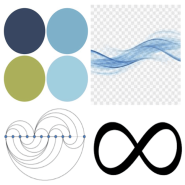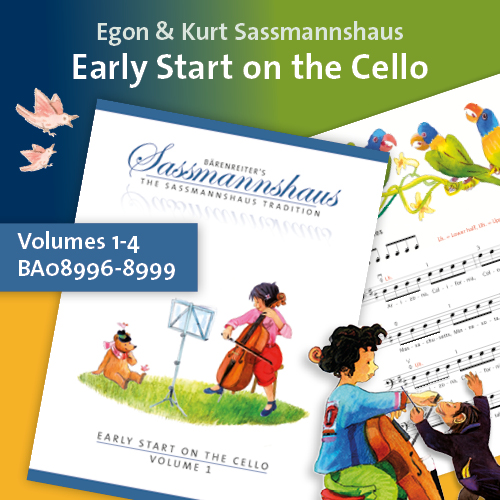Tag: The Joy of Feuillard
By Robert Jesselson December 30, 2018
Subjects Repertoire, Technique
By Robert Jesselson December 24, 2018
By Robert Jesselson December 17, 2018
By Robert Jesselson December 2, 2018
Subjects Repertoire, Technique
By Robert Jesselson November 25, 2018
Subjects Repertoire, Technique
By Robert Jesselson October 22, 2018
By Robert Jesselson October 13, 2018















